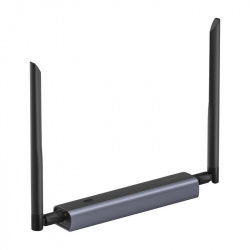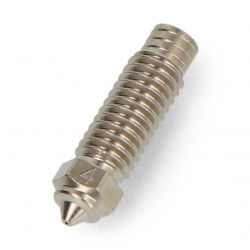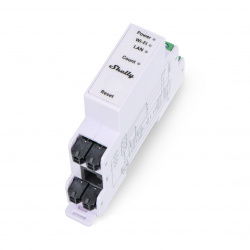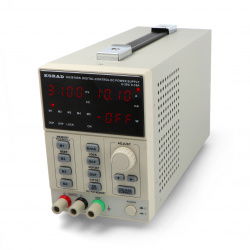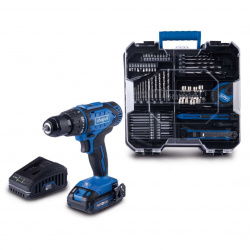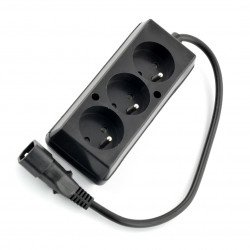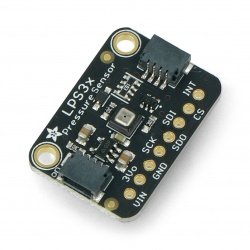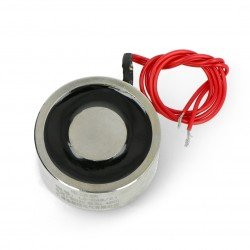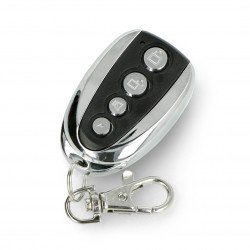- New
The current flowing through a resistance causes a certain voltage drop: current times voltage is power - in this case, heat power, which is released at the resistor, heating it up. In general, this phenomenon is a nuisance for electronics engineers, because the heat has to be dissipated in a proper way. However, this phenomenon also has its uses - heating resistors. These elements act as small heaters. Strip resistors are easy to install in a device, because they are made on a self-adhesive backing.






























































































































































































































































































































